Aluminum foil itself does not burn off chemicals under typical heating conditions because of its stable surface layer of aluminum oxide, known as alumina. This oxide layer protects the metal beneath and remains intact up to temperatures exceeding 1,000°C.
Combustion and Reaction of Aluminum Foil When Heated
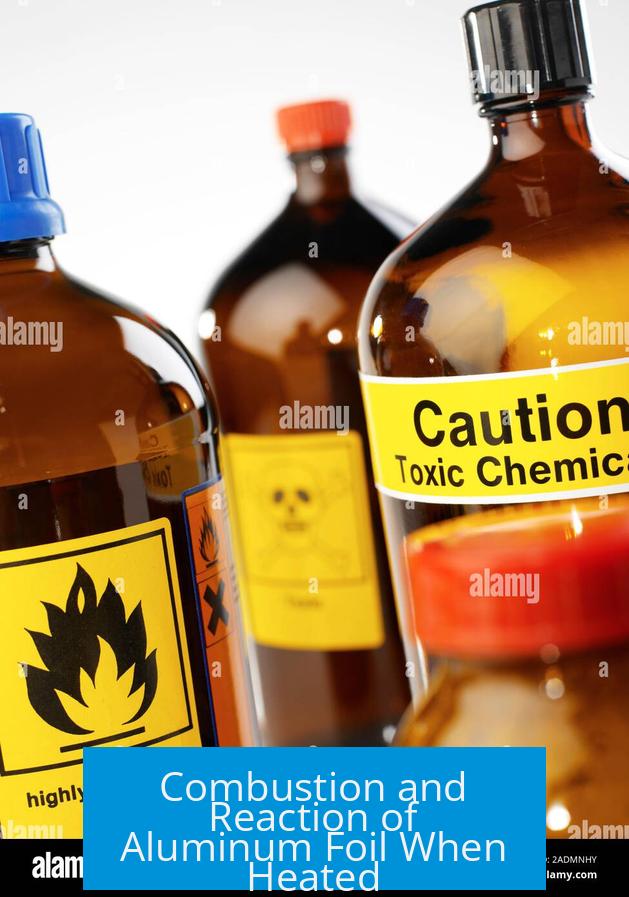
Aluminum foil consists primarily of elemental aluminum wrapped in a very thin but highly stable surface layer of aluminum oxide (Al2O3). This oxide forms spontaneously when aluminum is exposed to air. Alumina is chemically inert and has a melting point of about 2,072°C (3,762°F), which is far higher than typical heating scenarios involving aluminum foil.
Because of this protective oxide, the foil itself does not combust or “burn off” under ordinary cooking or heating conditions. Instead, the alumina layer prevents oxidation of the underlying aluminum metal. Even when aluminum foil is exposed to flame or high heat, the surface layer remains largely intact and inert.
When exposed to extremely high temperatures—above aluminum’s melting point of around 660°C (1,220°F)—the metal beneath the oxide layer may melt. This molten aluminum can form droplets or beads, but the alumina skin does not combust or vaporize. This explains why thin aluminum objects like soda cans can melt internally without burning off their protective oxide surface.
- Aluminum oxide layer prevents combustion of aluminum foil
- Alumina is stable and inert above 1,000°C
- Molten aluminum may form but oxide layer remains
Potential Chemicals Released from Aluminum Foil
Under typical heating, aluminum foil does not release volatile chemicals. The oxide layer resists degradation and prevents direct burning of aluminum metal, which means no significant noxious gases arise from the foil itself.
Yet, if aluminum foil is exposed to extremely high temperatures insufficient for melting but sufficient for breakdown (which is rare in household settings), very small amounts of aluminum metal particles or aluminum oxide particles might be released as particulates or fine dust.
These particles are not “burned off” chemicals, but mechanically separated or thermally ablated solid particles that could potentially be inhaled. However, inhalation of minimal aluminum or aluminum oxide particles has a low toxicological concern compared to other toxins.
Combustion of Coatings, Additives, or Printed Inks on Aluminum Foil
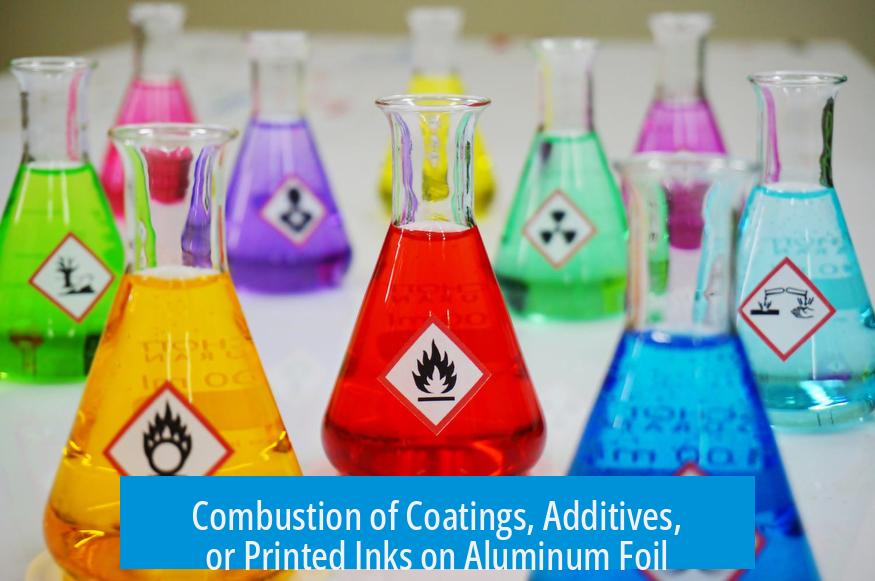
Many commercially available aluminum foils are not just pure aluminum and alumina. Some brands apply thin plastic coatings or incorporate printed inks on aluminum surfaces, especially when repurposed materials like beverage cans are used (e.g., homemade smoking devices).
When these coatings and inks are exposed to flame or high heat, they may combust and release harmful chemicals. The burning of plastic components can emit hazardous fumes, such as volatile organic compounds (VOCs) and other toxic gases. Similarly, ink pigments can generate complex organic compounds, some of which might be carcinogenic or irritant.
These burned coatings and inks are the primary sources of toxic fumes when aluminum foil or aluminum-based products are heated beyond normal cooking temperatures.
- Plastic coatings on foil can release harmful VOCs when burned
- Printed inks burn into complex hazardous organic gases
- Pure aluminum foil without coatings generally releases no toxic fumes
Off-Gassing and Fumes from Molten Aluminum
When aluminum melts, it can produce off-gassing or fumes. The fumes mainly consist of finely divided aluminum oxide particles formed when molten aluminum reacts with oxygen. These fumes are distinct from typical combustion gases and are especially problematic in industrial smelting.
Though aluminum melts at relatively low temperatures (~660°C), melting it in uncontrolled environments like kitchens or home setups can produce hazardous fumes. Workers in aluminum smelting plants often need protective gear to avoid inhaling these fine particulates, which can cause respiratory irritation or a condition called “metal fume fever.”
However, in normal cooking practices involving aluminum foil, melting and off-gassing to this extent is uncommon due to insufficient heat reaching the foil, and the protective alumina skin preventing metal vaporization.
Other Chemical Risks with Aluminum Foil
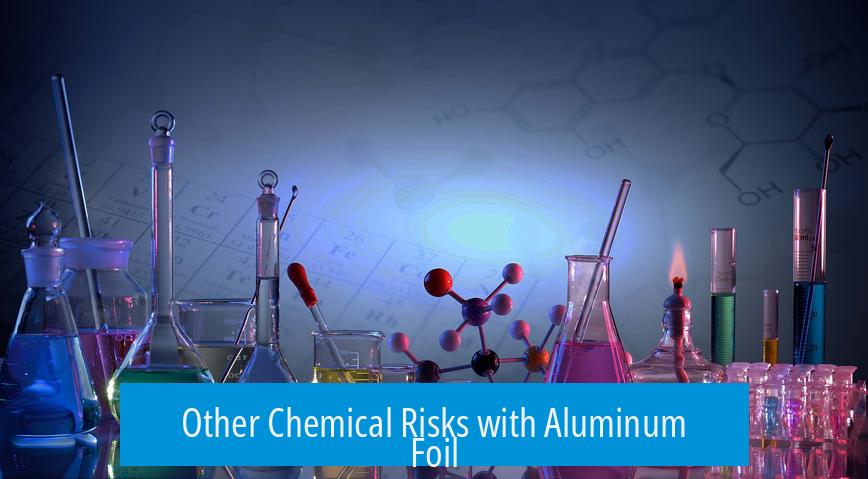
Burning aluminum foil does not emit polycyclic aromatic hydrocarbons (PAHs) or other combustion byproducts typical of organic matter burning. If toxic emissions are detected during the burning of aluminum foil, these often originate from:
- Impurities, additives, or surface coatings on the foil
- Residues from food particles or oils on the foil
- External smoke or fumes introduced by heating devices (like lighters)
Specifically, butane from lighters produces uncombusted hydrocarbons and VOCs harmful to inhale but are unrelated to the foil itself. Using alternative ignition methods, such as hemp wicks, reduces exposure to these chemicals.
Summary Table: Chemicals Related to Burning Aluminum Foil
| Chemical Type | Origin | Likelihood to Burn Off from Aluminum Foil | Potential Health Impact |
|---|---|---|---|
| Aluminum Oxide (Al2O3, Alumina) | Surface layer on foil | Stable, does not burn off; may emit particles if disrupted | Low risk; generally inert and non-toxic |
| Molten Aluminum Droplets | Internal aluminum melting | Possible at >660°C; no burning, just melting | High heat hazard; inhalation of molten particles rare |
| Plastic Coatings | Foil manufacturing or wrapping | Burns to release VOCs and toxic gases | Toxic if inhaled; carcinogenic potential |
| Printed Ink Residue | On recycled aluminum foil or cans | Burns to form hazardous organic compounds | Harmful inhalation; carcinogenic risk |
| Combustion Gases from Lighters (Butane) | External, from ignition source | Not from the foil; toxic gases from incomplete combustion | Hazardous inhalation risk |
Key Takeaways
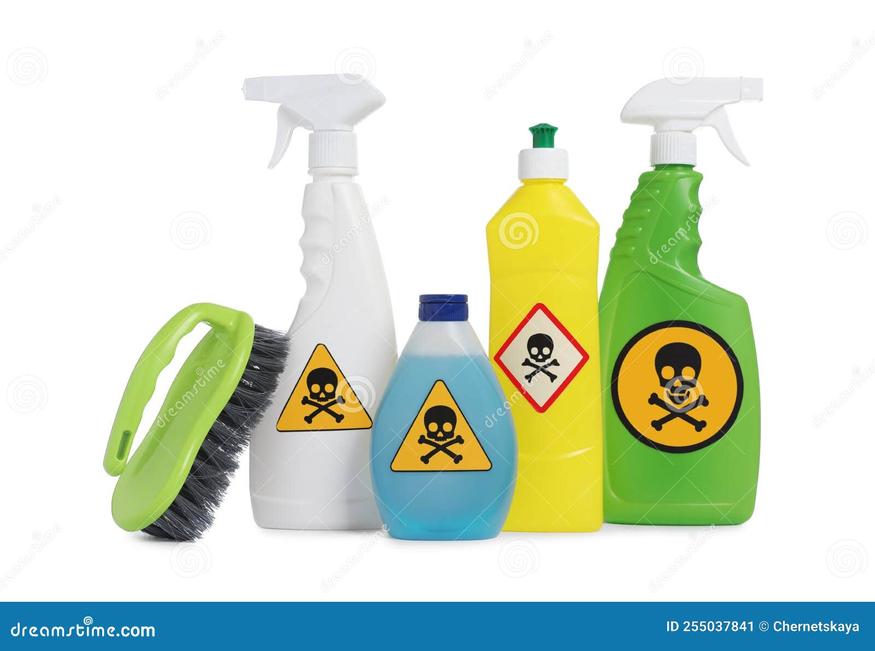
- Aluminum foil has a thin, stable alumina layer that prevents it from burning off chemicals.
- Under typical heating, no toxic chemicals burn off the foil itself; only surface aluminum oxide exists.
- Heat above aluminum’s melting point causes melting, not burning, producing molten aluminum droplets without toxic fumes.
- Toxic fumes from burning foil usually arise from plastic coatings, printed inks, or contaminants, not aluminum metal.
- Exposure to aluminum or alumina particles is minor compared to other inhalation risks.
What Chemicals Burn Off of Aluminum Foil? The Truth Behind the Shiny Wrap
To answer simply, aluminum foil itself doesn’t actually burn or release harmful chemicals when heated under typical cooking conditions because it’s coated with a very stable layer called aluminum oxide (alumina), which protects it from burning or melting easily.
Sounds a bit like magic, right? That thin, shiny sheet used to cover your lasagna or wrap your leftover pizza is tougher than you think. But what exactly happens when aluminum foil meets heat? Let’s dive into this with a mix of science and some practical tips that might surprise you.
The Protective Armor: Aluminum Oxide (Alumina)
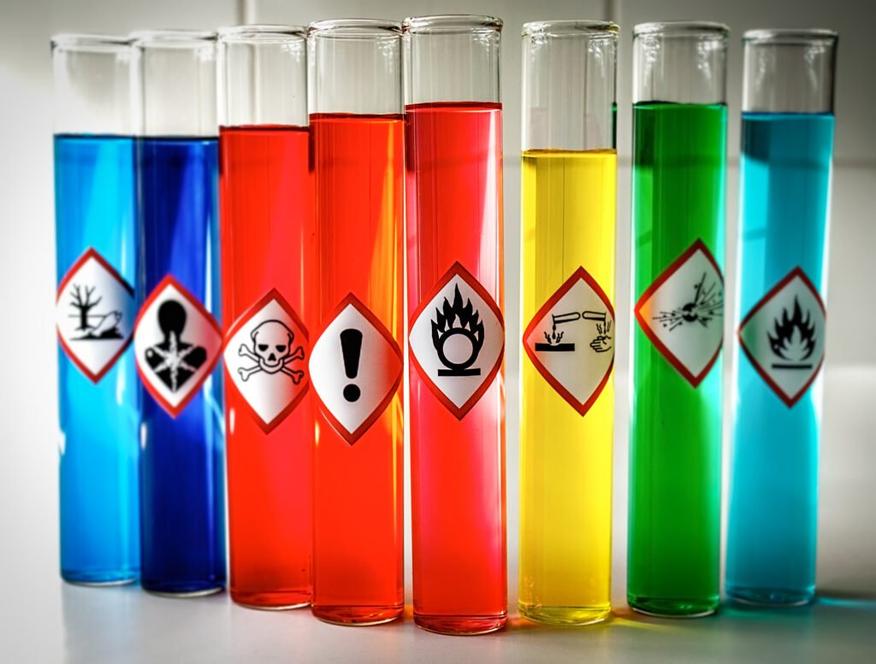
Aluminum itself is a reactive metal. When exposed to air, it quickly forms a thin, invisible layer of aluminum oxide (Al2O3), or alumina. This layer acts like a superhero’s shield, protecting the foil underneath.
- This alumina layer is incredibly stable—even up to 1,000 degrees Celsius (1,832°F) it stays intact.
- Because of this, aluminum foil won’t catch fire like paper or plastic wraps do.
- You can safely use it in your oven to cover food without worrying about it “burning off” chemicals.
But this protection has its limits. When heat is intense and sustained enough—think beyond your kitchen oven—the foil can begin to melt internally, especially thinner aluminum objects like soda cans. Inside that tough alumina shell, the metal liquefies and may drip molten aluminum droplets. A caution for anyone thinking about DIY metal smelting in their backyard!
What About Coatings, Ink, and Additives?
Here’s where things get tricky. Not all aluminum foils are created equal.
- Some brands add thin plastic coatings for extra durability or non-stick properties.
- Aluminum cans or decorative foils often carry printed inks.
When these coatings or inks burn, they can release harmful chemicals, including volatile organic compounds (VOCs) and polycyclic aromatic hydrocarbons (PAHs). These compounds are nasty—they can irritate your lungs and even pose long-term health risks.
This means smoking or burning foil with plastic layers or ink may produce toxic fumes—definitely not something you want to inhale. So before you go imaginative with flaming foil crafts, make sure you’re using plain foil without any extras.
Can Aluminum Particles Escape Into the Air?
If you’re burning aluminum foil—maybe out of curiosity or accident—small particles or aluminum oxide dust might become airborne.
Though the quantity of particles inhaled tends to be small compared to other smoke toxins, it’s still not an ideal situation. Your lungs aren’t equipped to handle heavy loads of particulate matter, even if aluminum particles are “minor.”
The bottom line: avoid inhaling any kind of smoke or fumes coming off aluminum foil combustion.
Melting Aluminum: The Hot Mess
Now, aluminum has a surprisingly low melting point of around 660°C (1,220°F). That means it can melt on hot stoves or burners easier than you might expect. When you melt aluminum, it releases fumes—some of which may be hazardous.
Enthusiasts who smelt aluminum metals often witness “crazy” off-gassing. This is not a party trick for casual cooks or smokers alike. Melting aluminum foil or aluminum objects at home poses health risks from these fumes.
Experienced users generally avoid smoking or heating aluminum foil to the point of melting or burning because of this reason.
It’s Not Just the Foil: The Lighter’s Chemicals Too
Ever stopped to think about the chemicals from your lighter? When you use a butane lighter to heat something wrapped in foil, the uncombusted butane gas can pose more immediate hazards than the foil itself.
- Breathing in uncombusted butane is dangerous and not good for your lungs.
- A safer alternative is using a hemp wick, which burns cleaner without those extra chemicals.
So sometimes, the culprit isn’t the aluminum foil but the lighter fueling your fire.
Summary: What Does Burn Off of Aluminum Foil?
| Chemical / Substance | Source | Potential Risk |
|---|---|---|
| Aluminum oxide (Alumina) | Surface oxidation of pure aluminum | Stable, inert; no harmful gases released at normal cooking heat |
| Molten aluminum droplets | Melting inside thin foil/sheets under extreme heat | Can cause burns and release fumes; avoid inhalation |
| Plastic coatings, inks | Added coatings on some foils and cans | Burning releases VOCs and PAHs; harmful if inhaled |
| Particulate matter (Al/Al2O3 particles) | Burning foil or melting metal | Small inhalation risks; lungs not designed for filtering |
| Uncombusted butane gas | Using lighters | Hazardous inhalation; alternative ignition recommended |
What Does This Mean for You?
If your goal is safe cooking or occasional roasting, aluminum foil is practically magic. Its protective alumina coat keeps it from burning or emitting harmful substances. No worries about your Thanksgiving turkey wrapping acting like a chemical volcano.
However, if you’re thinking of heating aluminum foil to extreme temperatures, or worse—burning it with coatings or inks—beware. Harmful chemicals can be released, and tiny particles can float into your lungs.
And folks who use foil in smoking scenarios should reconsider. Most dangers come from plastic coatings, inks, and the smoke itself—not the foil metal. Plus, watch out for side effects of lighter butane fumes. Try a hemp wick if you want a cleaner flame.
A Quick Pro Tip
Always select plain, non-coated aluminum foil for cooking. Avoid printed or decorative foils for tasks involving heat beyond standard kitchen use. And please, never ignite aluminum foil intentionally or use it in smoking contraptions. Your lungs will send you a thank-you note.
Curious questions for you: Have you ever noticed an odd smell when cooking with foil? Ever melted or burnt foil accidentally? Share your stories—let’s unwrap this topic together!
What chemicals are released when aluminum foil burns?
Pure aluminum foil forms a stable layer of aluminum oxide (alumina) when heated, which does not burn off. However, burning foil can release harmful volatile organic compounds (VOCs) and polycyclic aromatic hydrocarbons (PAHs) from any coatings or inks present.
Does aluminum oxide from foil pose a risk when burned?
Aluminum oxide (Al2O3) is stable and inert at high temperatures. It does not burn off the foil but can produce tiny particles if the foil melts. These particles are minor compared to other harmful substances in smoke.
Can melting aluminum foil produce dangerous fumes?
Yes, molten aluminum can off-gas fumes. These fumes can be harmful if inhaled. This risk increases with thin aluminum sheets or cans that can melt internally under heat.
Are coatings on aluminum foil a source of hazardous chemicals when burned?
Yes. Some foils have plastic coatings or printed inks that burn and release toxic chemicals. These fumes are harmful to inhale and should be avoided by not burning coated foil.
Do chemicals from lighters affect what is burned off aluminum foil?
Butane from lighters releases hazardous gases unrelated to the foil. These chemicals add to risks when smoking but do not come from the aluminum foil itself.


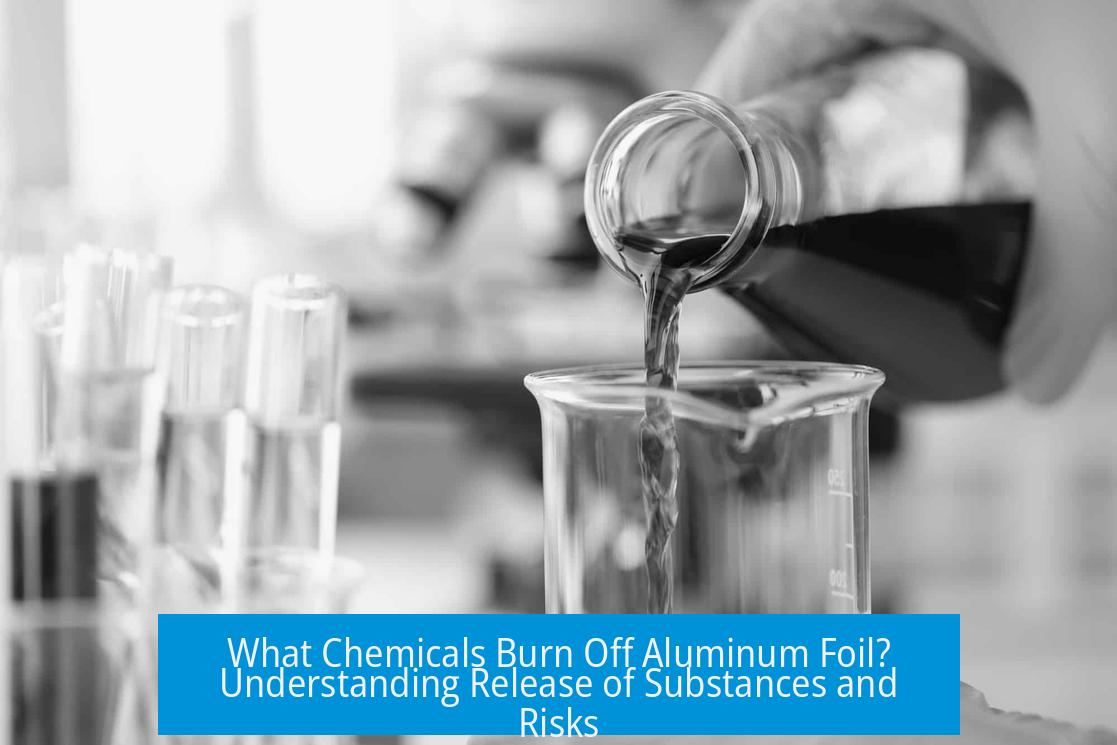

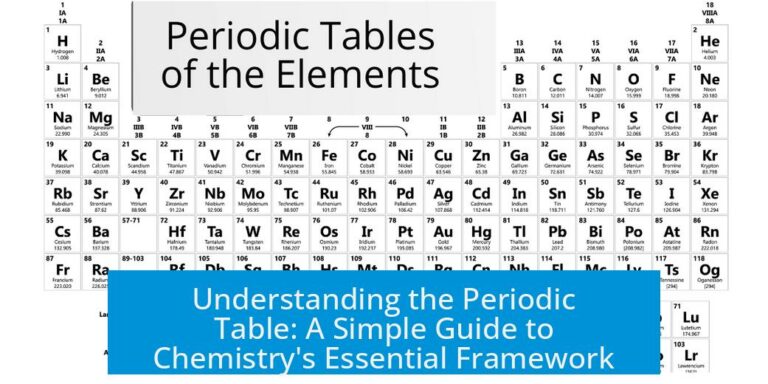
Leave a Comment